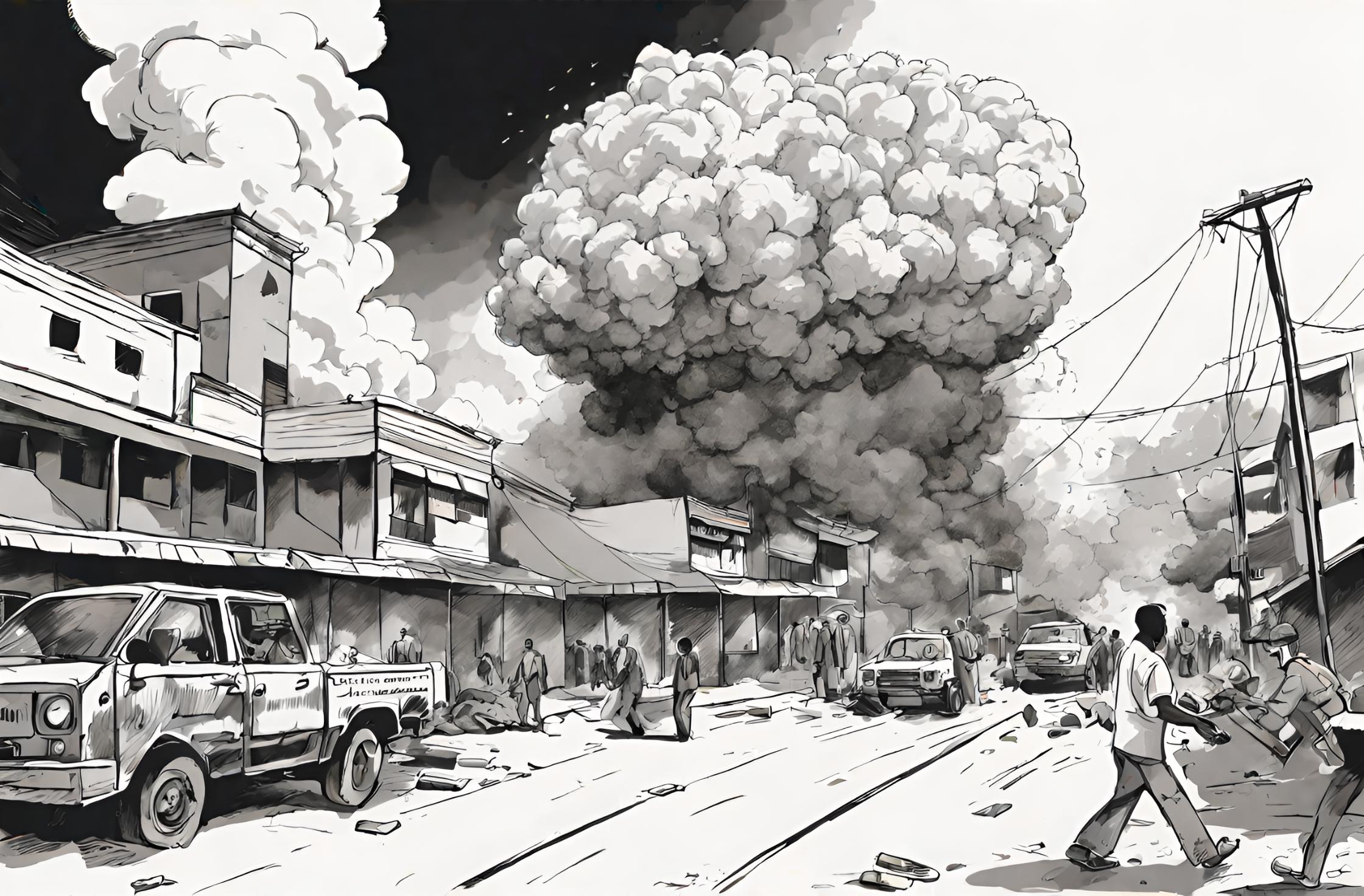Flashback to July 11
World History

1975
Chinese archeologists discover a large burial site with 6,000 clay statutes of warriors from 221 BC.
Read moreOn July 11, 1975, a significant archaeological discovery took place in Xi’an, China. Chinese archaeologists uncovered a vast burial site containing 6,000 clay statues of warriors dating back to 221 BC. This discovery, now famously known as the Terracotta Army, has made a profound impact on our understanding of ancient Chinese history. In this article, we will explore the details of this remarkable find and its historical significance.
The Terracotta Army was accidentally discovered by a group of farmers digging a well near the mausoleum of China’s first Emperor, Qin Shi Huang. It is estimated that the construction of the army began shortly after the Emperor ascended the throne at the age of 13 and continued for 38 years. The purpose of the army was to protect the Emperor in the afterlife and ensure his continued reign in the spiritual realm.
The burial site covers an area of 20,000 square meters and is divided into three pits. Each pit contains a different arrangement of clay warriors, horses, and chariots, all life-sized and meticulously crafted. The warriors were arranged in battle formation, with infantry, cavalry, archers, and officers, displaying the military might of the Qin Dynasty.
The attention to detail in each clay statue is remarkable. Archaeologists discovered that each warrior has unique facial features, hairstyles, and gestures, suggesting that they may have been modeled after real soldiers from the time. The statues were originally painted in bright and vibrant colors but have faded over time.
The discovery of the Terracotta Army has provided tremendous insights into the political, military, and artistic achievements of the Qin Dynasty. The statues reveal the sophistication of ancient Chinese craftsmanship and the advanced casting techniques employed during that era. The uniformity and precision of the army also speak volumes about the centralization of power under one ruler.
Furthermore, the discovery has shed light on the ambition and emotional turmoil of Emperor Qin Shi Huang. This colossal undertaking was not just about the protection of his afterlife; it also symbolized his desire to conquer and unify China. The Emperor’s obsession with immortality was evident in his extravagant burial complex, which also included replicas of his palaces, offices, and even rivers made of mercury.
The Terracotta Army has not only captivated the imagination of archaeologists and historians but has also become a major tourist attraction. The site receives millions of visitors each year, and efforts have been made to preserve and protect this precious piece of history. The excavation and restoration work continue to this day, with new discoveries and research deepening our understanding of the past.
the discovery of the Terracotta Army in 1975 marked a breakthrough in our understanding of ancient Chinese history and culture. This archaeological find has not only provided a glimpse into the military might of the Qin Dynasty but has also highlighted the artistic prowess of the craftsmen of that time. The Terracotta Army stands as a testament to the ambition and legacy of Emperor Qin Shi Huang, forever preserving his memory and the glory of ancient China.
We strive for accuracy. If you see something that doesn't look right, click here to contact us!
Sponsored Content

Two bombs explode in…
On 7/11/2010, two bombs…

Charles IV of Luxembourg…
On 7/11/1346, Charles IV…

The space station Skylab…
"The historic event of…

Prussia army moves into…
On 7/11/1792, the Prussia…

Giuseppe Arcimboldo first surrealist…
Giuseppe Arcimboldo, the pioneering…

Chinese archeologists discover a…
Chinese archeologists made a…

